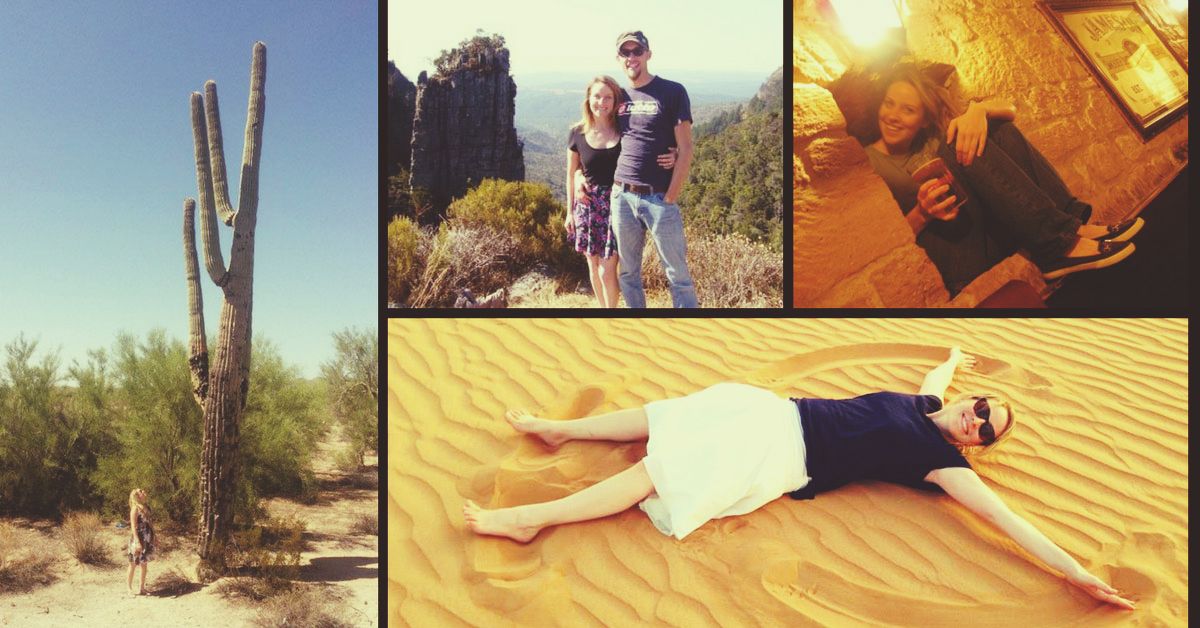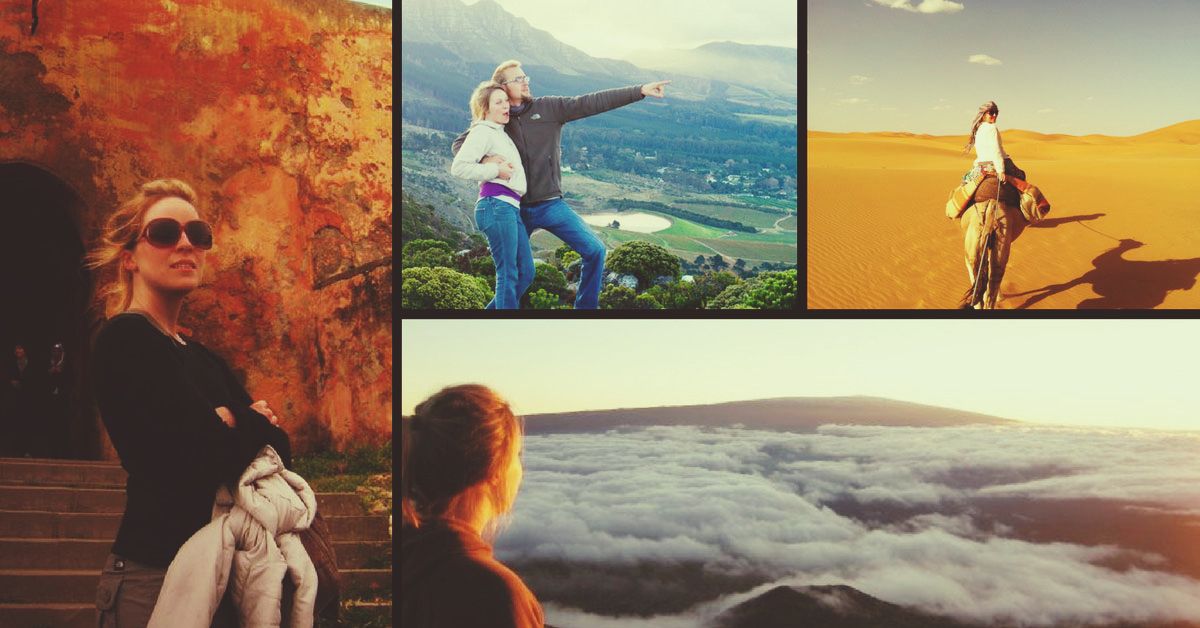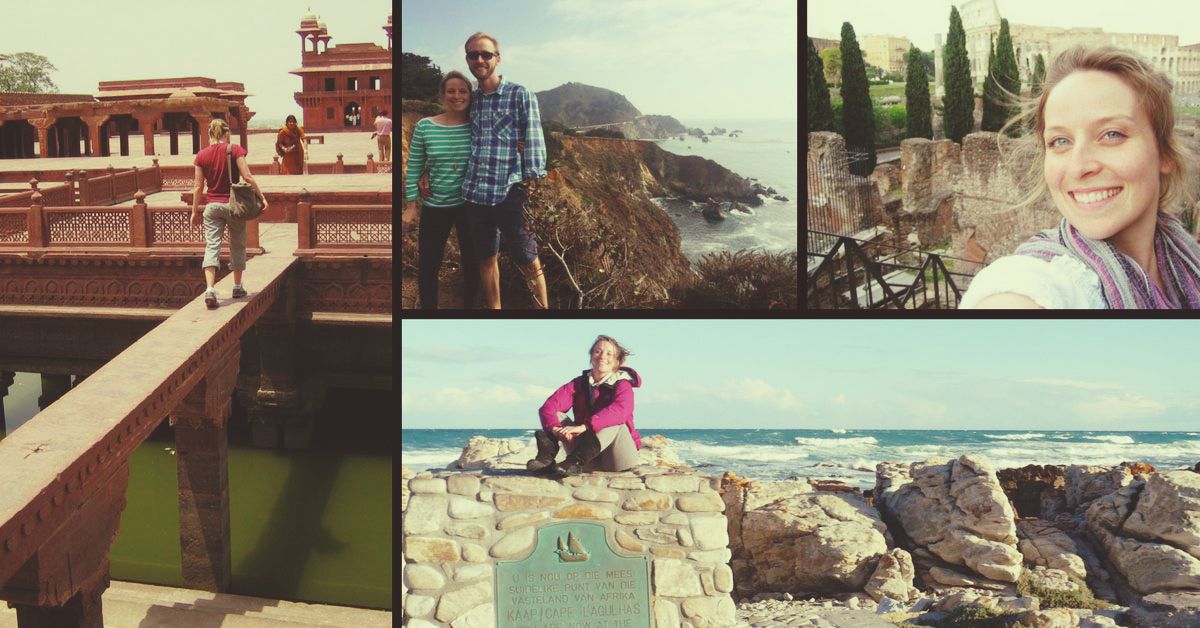I am experimenting with the visual imagery of loss and longing; a loss of life or memories and a pervasive sense of Fernweh. An attraction to abandoned buildings and empty spaces led me to photograph them in black and white film, which I believe draws the viewer into nostalgic recollection.
(read more…)
Wanderlust is incurable; I'm homesick for somewhere I've never been. I desire to explore and to discover. Yet with every trip, I find myself pining for more. With every journey, my soul expands. Yet this expanse is never filled: as the capacity grows, so too the longing.
(read more…)
My art is inspired by my travels and experiences. In a sense, “I had a flashback of something that never existed” (Louise Bourgeois).
(read more…)
|
What I describe as a remembering-longing/future-yearning is partly encompassed within the terms nostalgia and the German word Fernweh. Nostalgia is an ache of memory, an intangible and bittersweet human experience. It is sadness over loss of home and past, but yet this loss is never total, since our memories serve to keep this world (albeit an altered version) alive in our act of remembering. Nostalgia can simultaneously be a reassuring, comforting occurrence, bringing a distant hope and foreboding of pleasures to be (re)gained.
(read more…)
|
When I begin to paint an image, whether my own or another’s, a dialogue takes place. Hours of studying the same image leads the mind to remember details, to mark the patterns and shapes, and to notice subtle colors unseen at first glance. In this process of examination, the image becomes brighter and more alive to me. I never see the photograph in the same way I did before.
(read more…)







